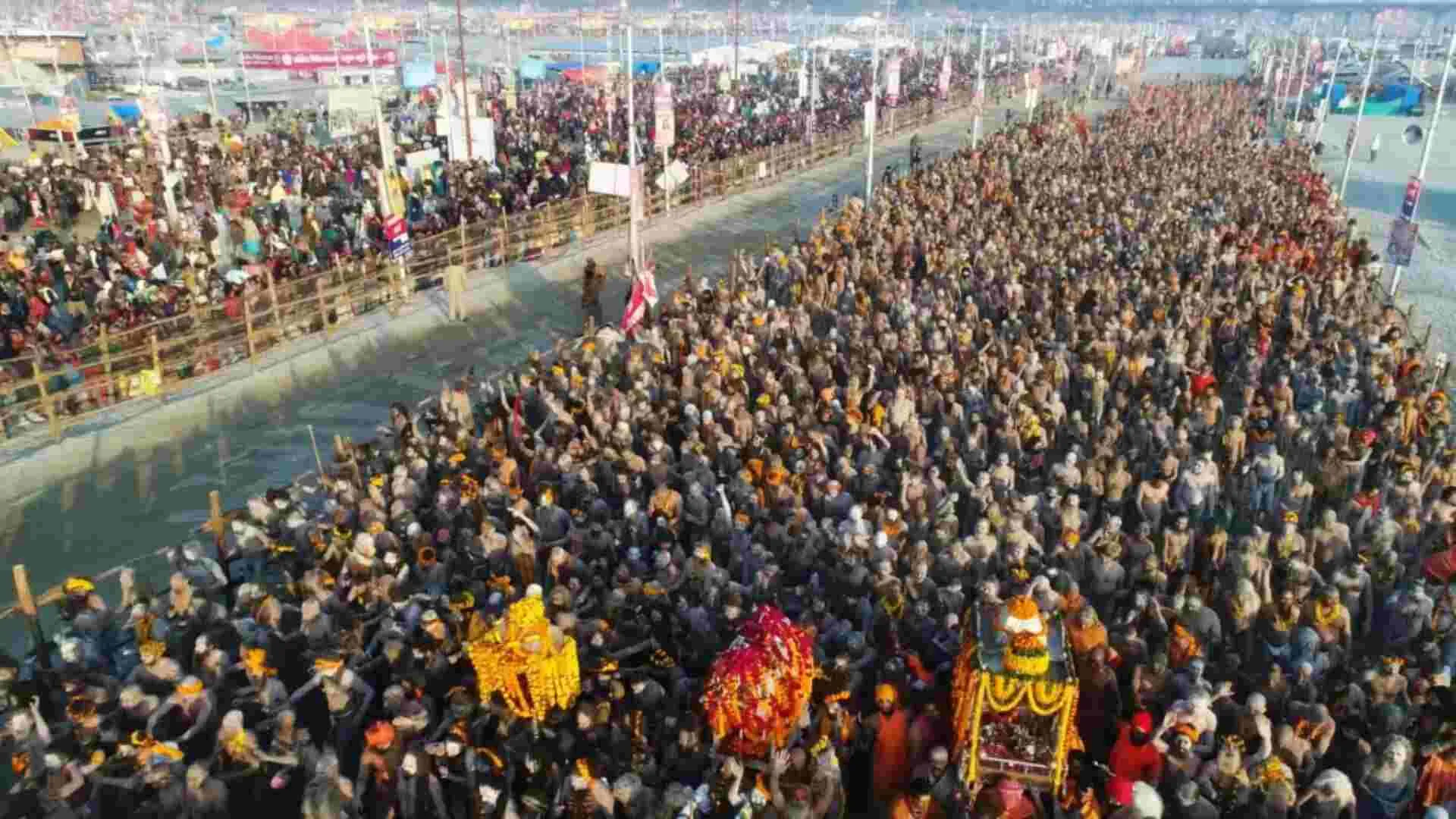T he Rudra Samhita portion of the Shiva Purana has a very interesting and enlightening tale to tell. The narrator is Lord Brahma and the listener is the sage Narada. The story goes that Himachal, the father of Parvati, once took flowers and fruits to Lord Shiva and prostrated before him, requesting Shiva to allow Parvati along with two of her friends to serve him. The reason Himachal gave was “the eager desire” of Parvati to serve the Lord.
Parvati to serve the Lord. When Shiva saw Parvati, he closed his eyes and went into tapa Samadhi (intense meditation). After waiting for very long, Himachal again bowed hesitatingly to Shiva and prayed, “Oh Lord, oh giver of joy to the world, grant me at least this much that I along with my daughter can come to pay our respects and bow before you every day.” The Deva Maheshwara then opened his eyes and spoke after some reflection, “Oh lord of the mountains, you may come for my darshan (respectful obeisance and prayer) daily but only after leaving your daughter behind at home.”
hind at home.” On hearing this, Himachal insisted that he be told the reason for this refusal of his daughter’s seva (worshipful service). The Purana very categorically says that Shiva stated that his purpose was “specially to demonstrate to the dushta yogis (those who are evil but wear the garb of the goodness of yogis) how they should behave”. Shiva went on to say that a tapasvi (a seeker undergoing regimented discipline) should not keep the company of a stree (woman) because that can very soon destroy vairagya (detachment) and throw one into the mire of desires. The word stree stands here for the opposite sex, and is therefore relative to the one being addressed. Shiva also clearly said that he cannot be affected by maya and has no use for a woman’s seva, and that he was refusing only to set an example of what a tapasvi should do. Brahma ji also refers to Shiva as “mahayogashiromani” (the crest jewel of the yogis, the pride and honour of all yogis).
Hearing the cold, hard speech of Shiva, which was totally devoid of emotion or desire, Himachal was wonderstruck, but Parvati, seeing the state of her father, stood up to challenge Shiva. She first “bowed” to Shiva and then spoke. It is worth noting here that though Parvati’s speech questions Shiva’s speech, it is highly logical and totally devoid of any ego. She knows the greatness of Shiva and her respectful bowing to Shiva speaks of her humility in addressing him.
Parvati began by addressing Shiva as ‘yogin’, then ‘tapasvi’ and then ‘gyan-vishaarad’—all terms of great reverence, in the light of which, her speech is even more pertinent. She requested him to hear her out fully. At the outset, Parvati established the meaning of Prakriti as that mighty power which creates, sustains and destroys. She questioned the tapasya, the destructive power as well as the very form of Shiva, existing without the help of Prakriti. No action or form is possible without the help of Prakriti (nature). Even the worshipful form of Shiva himself is possible only through the grace of Prakriti, as Shiva can only ‘perform ‘ tapas or destruction through a form, which is possible only through its dependence on Prakriti. In a hard hitting but polite statement she said, “Even your speech of the unacceptability of my service was possible only with the help of Prakriti, the one that creates bodies and enables speech. If you, dear lord, are beyond Prakriti, then you cannot speak, act, or have a form! The pure consciousness, the Purusha, is formless and motionless as he is limitless. Only the limited can have a form. How then can you perform tapasya (austerity) on this mountain? If you can ‘hear’ me or ‘see’ me, then I am ‘another’, and if you are omnipresent, how can you see or hear another? Even your tapasya has a purpose, which again is a play in Prakriti. Anything that is an object of your perception is considered by the wise as Prakriti alone. Know for certain then, that the seer is not the seen.”
Parvati then concluded her logical argument (Sankhya Shastra) with a great statement: “I am Prakriti (matter) and you are Purusha (pure energy). It is only through my grace that you, the formless, can appear with form, and you, the nirguna (attributeless), appear as saguna (with attributes). You, the supreme consciousness, can act only with my help. You cannot create, sustain or destroy, but through me alone. As of now, as Shankara who has a form, how can you be away from me? A form is me alone. This being the Truth, your very form is my expression.”
Finally, in a coup de grace, accepting his claim of being ‘beyond’ Prakriti, she said, “If I accept as truth that you are beyond the ken of maya or Prakriti, then there is more the reason for you to have no fear from my proximity, for, from that standpoint, there is none ‘other’ than you.”
This won the day for Parvati. Lord Shiva saluted her knowledge and masterful logical delivery. He allowed her to serve him daily but on the condition that the service was in total adherence to the conduct laid out by the shastras.
Just as the powerful electricity is itself motionless but lends motion to all electrical equipment, so is the actionless consciousness that lends action to matter. This explains the symbolic representation of Ardhanareeshwara, the halfmale and half-female form of Lord Shiva, whenever he is in expression. This form of Parvati is known as Shivangi or she who dwells as the power of creation, sustenance and destruction in the limbs of Shiva.
Prarthna Saran is president, Chinmaya Mission, Delhi.













